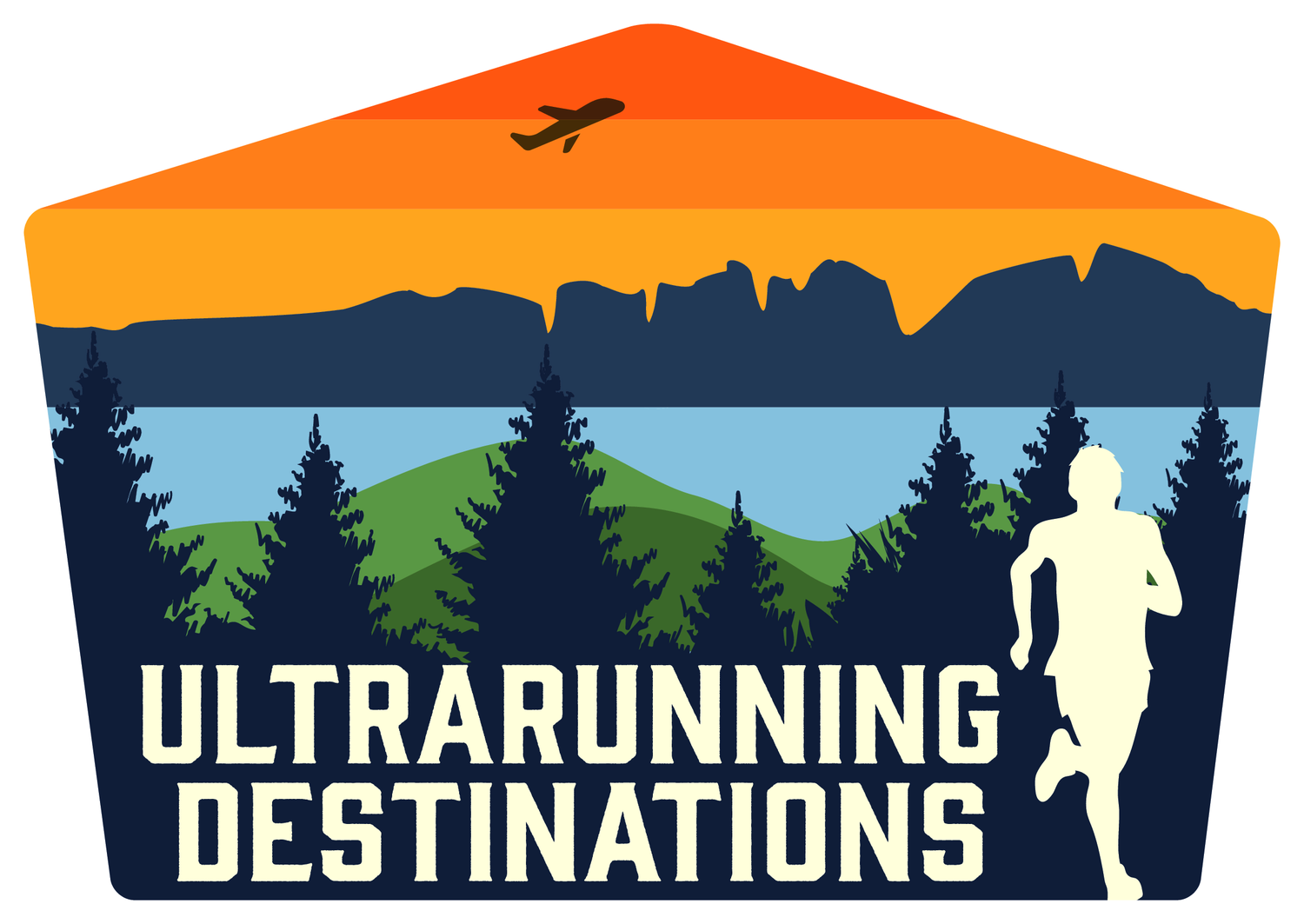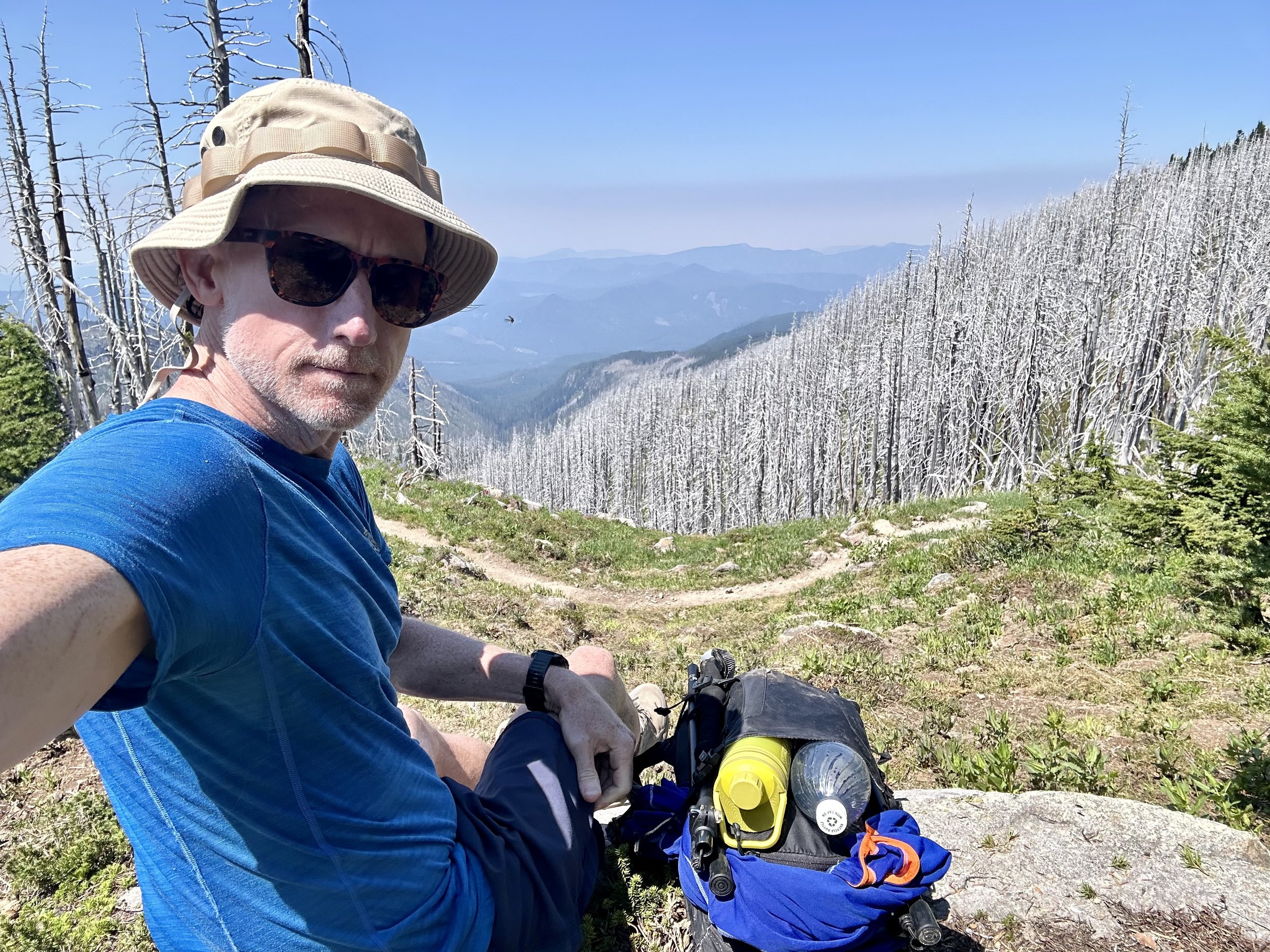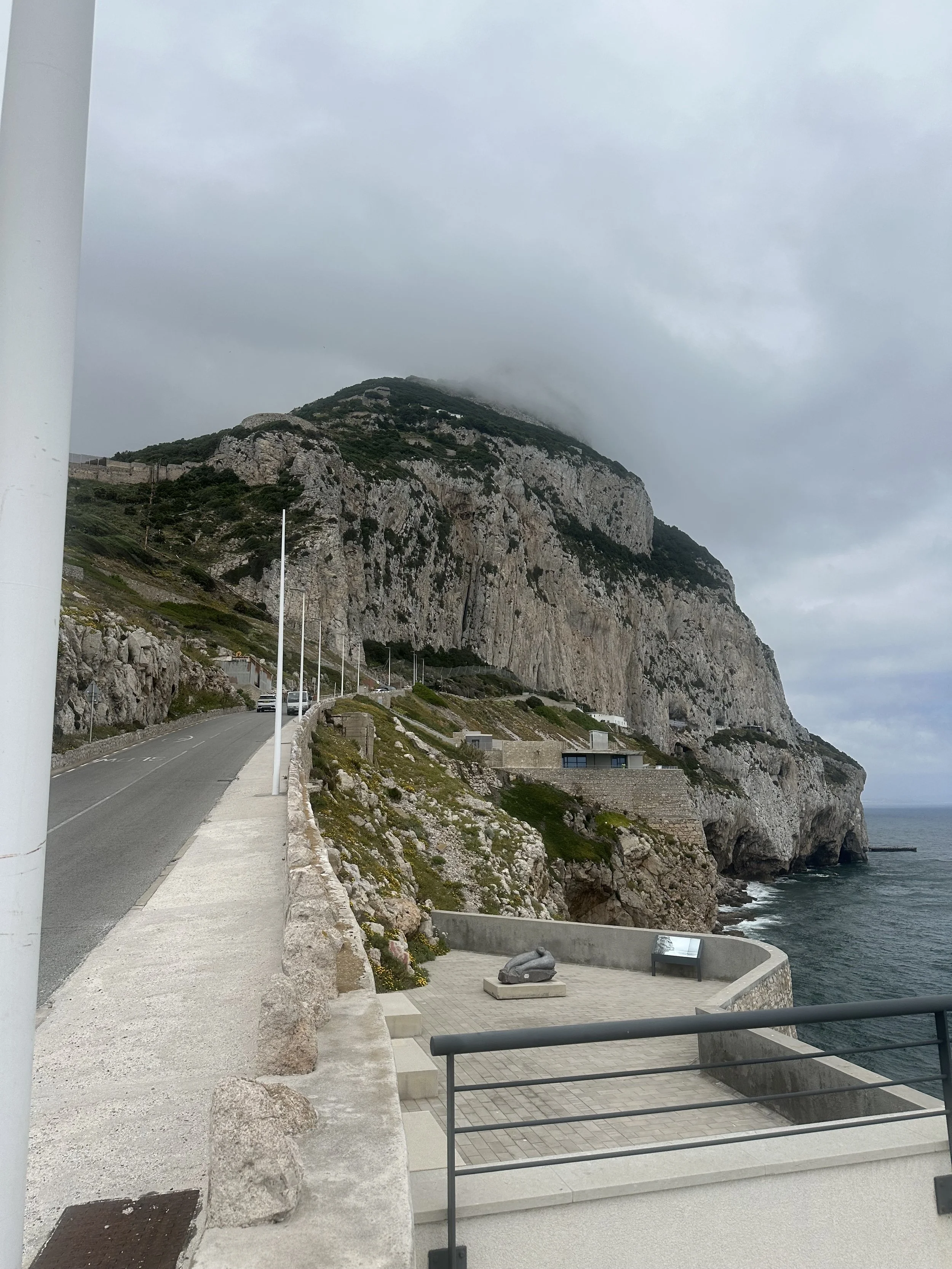From Overlook to Overcome: Running Mount Hood’s Timberline Trail
Mount Hood’s Timberline Trail: An Ultrarunners Challenge
Mount Hood’s Timberline Trail, located just about an hour’s drive from the Portland airport, is a 42-mile loop that offers the perfect blend of elements for an ultra run: breathtaking views, runnable forest paths, challenging climbs, and diverse terrain. The trail famously passes by Timberline Lodge, known to many as the exterior of the ominous Overlook Hotel in Stanley Kubrick's The Shining. Whether you’re an experienced trail runner, fan of the movie :), or planning your first solo adventure, this trail delivers an unforgettable experience. However, the key to a successful run lies in timing and preparation.
Timing Your Run
I chose to tackle the Timberline Trail in early August. By then, the weather is usually dry, the snow has mostly melted, and the streams, though strong, are generally crossable without too much difficulty. For these reasons, late summer is an ideal time to plan your run. Water is plentiful on the trail, but it’s important to filter it, as conditions can vary.
Skiing on Mount Hood
Before diving into the run, I spent Tuesday skiing on Mount Hood. Despite it being August, the snow was still surprisingly good, and I was able to rent all my gear conveniently from a shop right across from Timberline Lodge. The terrain was limited, but the experience was definitely worth it. Skiing in the morning and knowing I’d be running around the mountain the next day added a unique contrast to the trip, making it an adventure of all seasons. It is the only resort in the US offering skiing year round!
Essential Gear for a Solo Run
Running this trail in a single day, fully self-supported and solo, requires careful planning to be safe at all times. While many complete this loop as a 2 to 4-day backpacking trip, I opted to challenge myself to finish in one day. Even so, I prepared for the possibility of spending a night on the trail if necessary. Here’s the gear that made my run both safe and manageable:
Trekking Poles: These were indispensable at stream crossings. They provided balance while rock hopping or crossing logs and helped gauge the depth of the water when wading across. Trekking poles give you that extra touchpoint, helping to keep you upright in swift, cold streams.
Flashlight: A late start meant I finished in the dark, where a reliable flashlight became essential. The final sections of the trail, particularly when traveling clockwise, involve stream crossings where a flashlight is crucial for finding the safest path.
All-Weather Jacket and Pants: While the day’s weather was nearly perfect, with shorts and a t-shirt sufficient for most of the run, the mountain’s weather can change rapidly. It’s essential to be prepared for the worst-case scenario, including spending a night outdoors. An all-weather jacket and pants ensure you’re ready for sudden storms or cold nights.
Water Filter: I always filter my water, regardless of the source. Grayl filters are fast and effective, making it easy to access clean water throughout the trail. With so many water sources available, there’s no reason to skip this step.
Extra Food: Expect the unexpected. Carry enough food to sustain you for at least 12 hours longer than your anticipated finish time. This extra preparation is crucial if you need to wait out a high-flowing stream or navigate tricky sections in the dark. I took with me my typical fare, Twix bars and gummy candies. However, this was the first time I couldn’t find the Haribo brand gummy bears which are a staple of my on trail fueling. But, I did find Cherry Pop-Tarts which are my favorite morning meal before any long run.
Emergency Locator: Cell reception is sparse on the trail. While newer iPhones have a satellite SOS feature, it’s wise to carry a dedicated satellite device for emergency communication and updates on your progress.
Deciding on Your Direction: Clockwise or Counter-Clockwise?
Choosing your direction around the Mount Hood loop can influence your experience, but ultimately, both directions offer an equally great adventure. Your choice should be guided by what you’re optimizing for during your run:
Counter-Clockwise (CCW): This direction might be preferable if you’re concerned about navigating in the dark. The terrain is easier, and the afternoon is cooler due to tree cover. Additionally, the steepest climbs come early in the day, giving you the chance to tackle them while you’re still fresh.
Clockwise (CW): Opt for a clockwise direction if you want clear signage and the opportunity to cover more ground quickly at the start. The terrain is initially more forgiving, and the elevation changes are manageable, allowing for a faster pace in the early miles.
My Journey Around Mount Hood
I began my run early on a Wednesday morning from Timberline Lodge, an iconic spot known to many from the movie The Shining. The lodge sits right on the trail, making it an ideal starting point. After a restful night, I set out on the trail, knowing I’d return to the same spot by the end of the day.
The first miles were my personal favorite—dense forests and smooth, downhill trails that were perfect for gaining early momentum. I encountered almost no one, relishing the peace until I reached the first stream crossing. While I had read about these crossings, nothing prepares you for the power of the water until you’re there, poles in hand, navigating the swift current. My trekking poles were invaluable here, not just for me but for a group I encountered struggling to find a safe crossing. I lent them my poles, and they managed to make it across, though I wondered how they would handle the more challenging crossings to come.
The trail transitions between forest and meadow in spots, offering a variety of landscapes. In some areas, the forest opens up to reveal massive stands of trees killed by past fires or blown down by strong winds. Fortunately, these areas are mostly cleared, allowing for relatively easy passage.
The most challenging part of my run hit at mile 22. Up to this point, I had been making excellent time, covering the distance in about 5 hours. But from miles 22 to 29, the combination of the midday heat and the 2,000 feet of elevation gain took its toll. The trail, once a beautifully shaded forest path, gave way to a stark, rocky landscape, with large cairns marking the way. My energy waned, but I pushed on, knowing I had prepared for this exact moment with many miles logged with a weighted backpack. I just focused on the moment, and making it to the next cairn. Along this part of the trail, surprisingly, there was still snow to cross!
As I neared the final 10 miles, I was surprised by the number of stream crossings still ahead. Earlier in the day, I had been able to hop across rocks, but now I was wading through water up to my knees, in ice cold water, relying heavily on my trekking poles for stability. While many choose to change shoes, and even into crocs, I just forge ahead in my Brooks Cascadias. I’m used to running with wet feet, but these shoes also dry relatively quickly in the dry air at these elevations. These final miles were the toughest, both physically and mentally. The load on my back felt heavier with each step, the sand and loose terrain slowed my pace, and the mental effort required to stay on course intensified as darkness fell.
A late start meant I finished much later than planned, with the final miles navigated by flashlight. The stream crossings in the dark were particularly challenging, as the GPS struggled to keep up with the constantly shifting landscape. But as I neared the end, the lights of Timberline Lodge came into view. The sight was a relief and accomplishment, a fitting end to a day that tested me in every way.
A Hearty Recovery
The morning after the run, I woke up with a ravenous hunger. Having read many positive reviews about the Huckleberry Inn at Government Camp, I decided to head there for breakfast. The meal did not disappoint. The breakfast was large, providing exactly what I needed to recover from the thousands of calories burned on the trail. I could barely finish it. The eggs, sausage, and home fries were so satisfying, helping me feel restored after the previous day’s long activity.
Conclusion
This solo run of Mount Hood’s Timberline Trail was exactly the kind of challenge I had hoped for—a perfect mix of nature’s beauty and the physical and mental demands of ultra running. For anyone considering this journey, whether in a day or over several, the trail promises an adventure you won’t soon forget. Whether you’re skiing on the mountain, tackling the trail, or enjoying a well-deserved meal afterward, Mount Hood offers an experience that’s both challenging and deeply rewarding. This is one of the top ultrarunning destinations I’ve experienced. I hope it inspires those of you considering your first ultrarunning trail adventure.
Tracks
Start and End: The Timberline Lodge
Distance: 42 miles (67km)
Elevation Gain: 10,000 feet (3,048m)

























